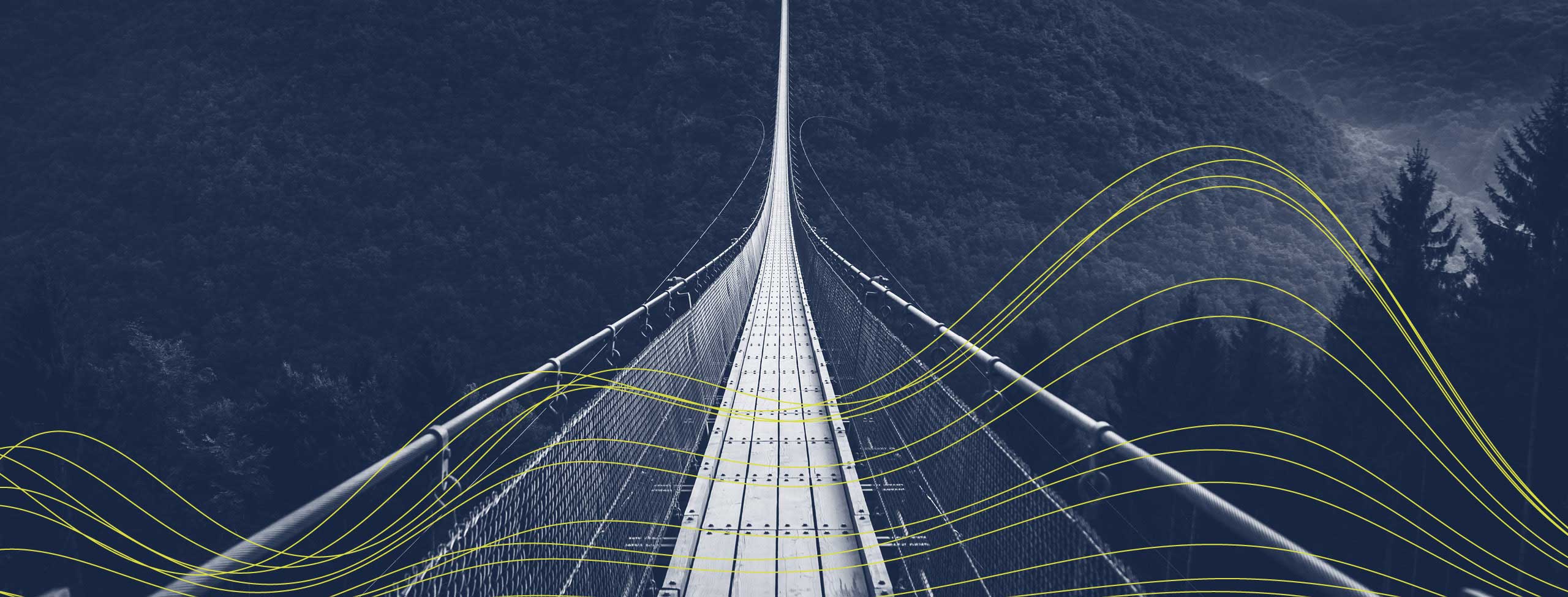EPA and CalEPA guidance on field activities during COVID-19 focuses on agency communication, deadlines and flexibility
On April 10, 2020, US EPA issued supplemental guidance to its regional administrators offering a decision-making framework to identify what response field work should continue during the coronavirus disease 2019 (COVID-19) pandemic. US EPA’s “Interim Guidance on Site Field Work Decisions Due to Impacts of COVID-19” can be found here. On April 15, 2020, CalEPA also issued a statement on compliance with regulatory requirements during COVID-19. CalEPA’s statement can be found here.
US EPA’s guidance focuses on communication with the agency and situation-specific flexibility. Rather than providing strict mandates on what field work should continue and what should not, EPA instead provided deference to the individual regions and factors to be considered in this decision-making. EPA’s supplemental guidance focuses on site-specific conditions, communication, and flexibility in balancing the health risks presented by COVID-19 and those from chemicals released into the environment.
Field work should be assessed on a “case-by-case” basis
EPA recommends that decisions about ongoing remedial activities should be made on a “case-by-case basis” consistent with the priorities of (1) protecting the health and safety of the public and (2) preventing and responding to environmental emergencies. The guidance notes that decisions to continue, reduce, or halt field activities should be made on an individualized basis with consultation from local EPA offices.
EPA further states that parties concerned about deadlines and potential enforcement impacts should raise the issue with the region. Decisions about whether force majeure is implicated will be determined “promptly.” Importantly, the guidance encourages parties “to regularly communicate with EPA project managers about the status of their sites and associated field work.”
Factors to consider in continuing field operations
EPA’s guidance offers site-specific factors that should be considered in determining whether response actions should continue, be reduced, or be paused. These factors, however, should not “override protection against unnecessary potential exposure to COVID-19.” The guidance stresses the importance of the site’s underlying enforcement instrument, including the particular terms and conditions built into those documents.
In assessing suspension or a reduction in field work, the following circumstances should be considered:
- Whether health officials (state, Tribal, or local) have requested site operations be suspended;
- Have any site workers tested positive for or exhibited symptoms of COVID-19;
- Do any sites have close interaction with high-risk groups or those under quarantine, such as work inside homes;
- Does the work involve sites where contractor field personnel are not able to work due to travel restrictions or medical quarantine;
- Does the work involve other sites where social distancing is not possible.
EPA also identifies several conditions where site-specific work may proceed, generally focusing on sites that pose an imminent and substantial endangerment to human health or the environment. These may include emergency response sites (including Superfund and Oil Spill Response), response actions to prevent a catastrophic event, prevention of contaminated groundwater plume expansion or releases to waterbodies that may affect drinking water sources.
California EPA
CalEPA’s guidance suggests less flexibility and more proactive enforcement measures. The agency indicates that it will continue to respond, investigate, and take action on complaints related to non-compliance, and prioritize the cleanup of contaminated sites. This will include filling any enforcement gaps resulting from EPA’s guidance. CalEPA will also consider extensions of deadlines as a result of the COVID-19 pandemic, but regulated entities must contact the appropriate CalEPA board, department, or office, with requests defining the specific hardship, as early as possible.
Key takeaways
EPA’s guidance demonstrates its desire for individual regions to communicate directly with their regulated communities to ensure reasonable expectations for ongoing field work. The guidance focuses on flexibility and communication – balancing the risks of COVID-19 against the need to promptly address other imminent threats to human health and the environment. Entities regulated by CalEPA should also be aware that CalEPA may fill in EPA’s enforcement gaps during this time, although it may consider extensions of certain compliance deadlines.
Regulated entities involved in ongoing field work under EPA direction during this time are encouraged to consider the following:
- Reach out to the EPA project manager about any imminent deadlines or obligations, and discuss candidly the likelihood those obligations will be met;
- Review the scope of the enforcement instrument and underlying agency directive for the required field work for a force majeure clause;
- Consider whether field activities could constitute “essential” activities that would protect human health and the environment and, if so, consider seeking agency permission to continue performance of those obligations.
If you have any questions about the EPA and CalEPA guidance, please contact any of the authors, any member of DLA Piper’s Environmental group, or your DLA Piper relationship attorney.
Please visit our Coronavirus Resource Center and subscribe to our mailing list to receive alerts, webinar invitations and other publications to help you navigate this challenging time.
This information does not, and is not intended to, constitute legal advice. All information, content, and materials are for general informational purposes only. No reader should act, or refrain from acting, with respect to any particular legal matter on the basis of this information without first seeking legal advice from counsel in the relevant jurisdiction.
